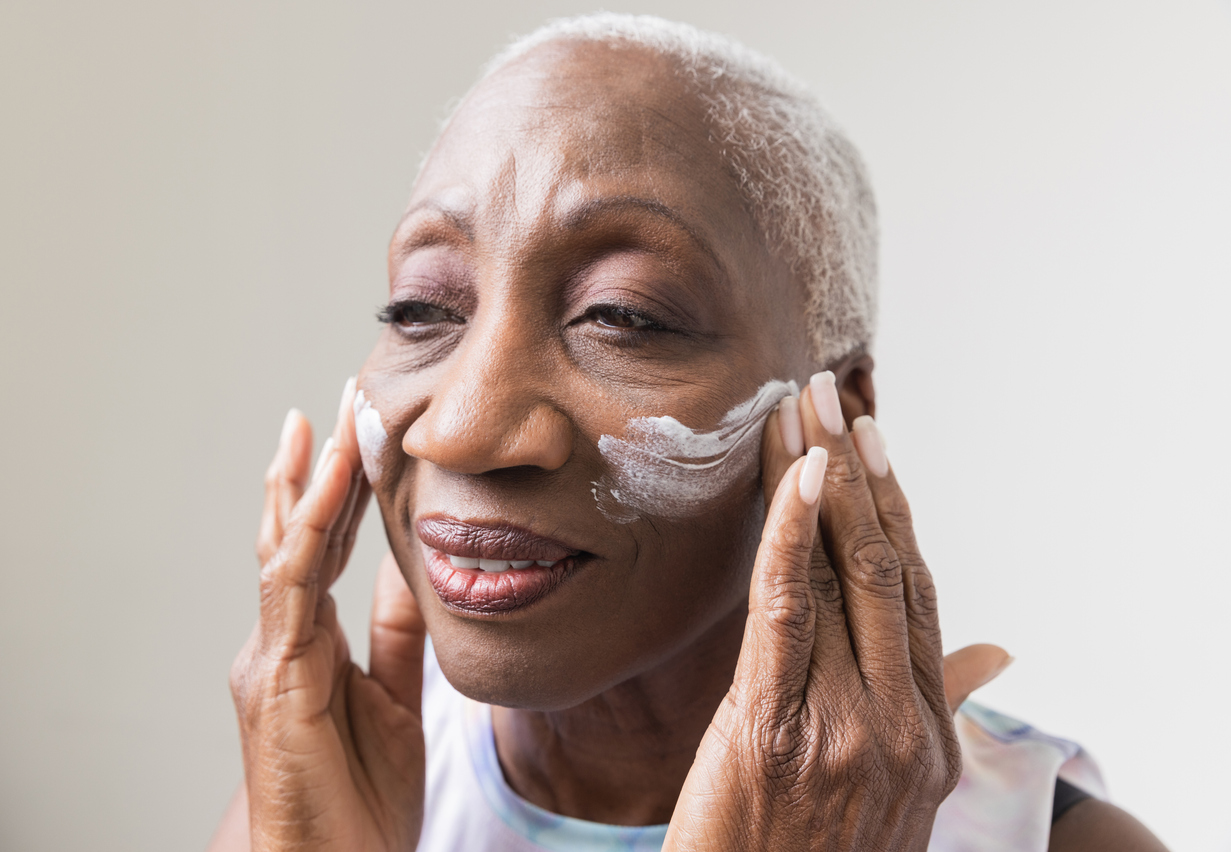Take good care of your skin
By Jay Nachman
Skin cancer is by far the most common cancer in the United States, according to the American Cancer Society.
“The good news is that most of those cancers are the non-melanoma type,” said Dr. Elizabeth Jones, a dermatologist at Jefferson Health. It takes a multi-pronged approach to avoid skin cancer. “You’re trying to be preventive by using numerous different tactics,” Dr. Jones said. “It begins with regular awareness of things you can do to protect yourself daily. Preventive measures include avoiding peak hours of the sun, seeking shade where possible and wearing wide-brimmed hats with four inches all around.”
Dr. Jones recommends the use of sunscreen with Sun Protection Factor (SPF) between 30 and 50. (SPF measures how much solar energy, or ultraviolet radiation, is required to produce sunburn on protected skin.) Sunscreen doesn’t need to go above 50 SPF, because most sunscreens wear off in protectiveness in two hours. A higher number might also increase the price, she added.
“So as long as you’re using an SPF 50 and you’re reapplying every two hours, you’re getting really good protection from that sunscreen,” said Dr. Jones. “You also want to make sure the sunscreen is labeled as broad spectrum so that it covers both UVA and UVB.”
UVA and UVB are different wavelengths of ultraviolet light that both contribute to skin cancer. UVA also contributes to skin aging.
Additionally, she suggests wearing clothes with an ultraviolet protection factor (UPF), which indicates how much ultraviolet radiation (both UVB and UVA) a fabric allows to reach the skin. A UPF 50 fabric blocks 98% of the sun’s rays and allows just 2% to penetrate. This significantly reduces the risk of sun exposure. Dr. Jones noted that UPF clothes are now much more affordable than when the breakthrough apparel first came out.
Warning signs
If there is something new and unlike anything else on the skin, it could be a warning sign of melanoma, according to Dr. Jones.
Another warning sign is a changing spot on the skin. Changes can include an existing growth that is now taking on multiple shades of colors, or a spot that easily or repeatedly bleeds. “Something that you know has been there, but it is continuously changing in appearance, or it starts to give you that unsettled feeling,” she added.
It is possible to get skin cancer of the toenails and fingernails Symptoms are a thick line of discoloration on one nail, as well as the skin in front of the nail. Dr. Jones said that skin cancer of the nail is more common in people of color.
Skincare tips
For an overall skincare routine, Dr. Jones said, “one of the most important things that I try to emphasize is the importance of moisturizing. Dry skin can lead to itchy skin. It can prolong healing for bumps and bruises, and it can lead to eczema and infection.”
Natural skin dryness occurs in older adults over time because they lose natural moisturizing factors in their skin.
“I think that people so often are focused on their moles and skin cancers that they underestimate the value of moisturizing,” Dr. Jones said. “I often remind everyone to moisturize once a day. Try to make it part of your everyday routine so it doesn’t feel like an added step. The best time to moisturize is right after the shower because you have moisture from the shower, and you can lock that in by applying a moisturizer after you
towel dry.”
When it comes to moisturizer, the thicker the better, Dr. Jones said. She recommends using Vaseline or generic petroleum jelly. Creams and oils are also good if individuals don’t like the greasy feel of an ointment, but she advised avoiding lotions because they have more water and alcohol, which can lead to irritation for people with dry skin.
The key areas to moisturize are hands, feet, arms, and legs. Feet and legs tend to dry out the quickest and are most affected in the winter, Dr. Jones said.
Easy bruising, referred to by dermatologists as actinic purpura, commonly seen on hands, forearms, feet and lower legs, is caused by a natural reduction of collagen and blood vessels in the skin that happens over time.
“Even the most minor trauma or pressure to the skin and even scratching can lead to bruising,” Dr. Jones said, “It can take up to four or six weeks for the bruising to go away. The key treatment for bruising is time and protective measures, like moisturizing and protective clothing.”
Skin is the largest organ in the body. “It has numerous different functions. It protects our bodies, it prevents infections, and it helps regulate body temperature,” Jones said. “It plays a large role in our overall health.”
For additional skin care tips, go to aad.org/public.
Jay Nachman is a freelance writer in Philadelphia who tells stories for a variety of clients.




